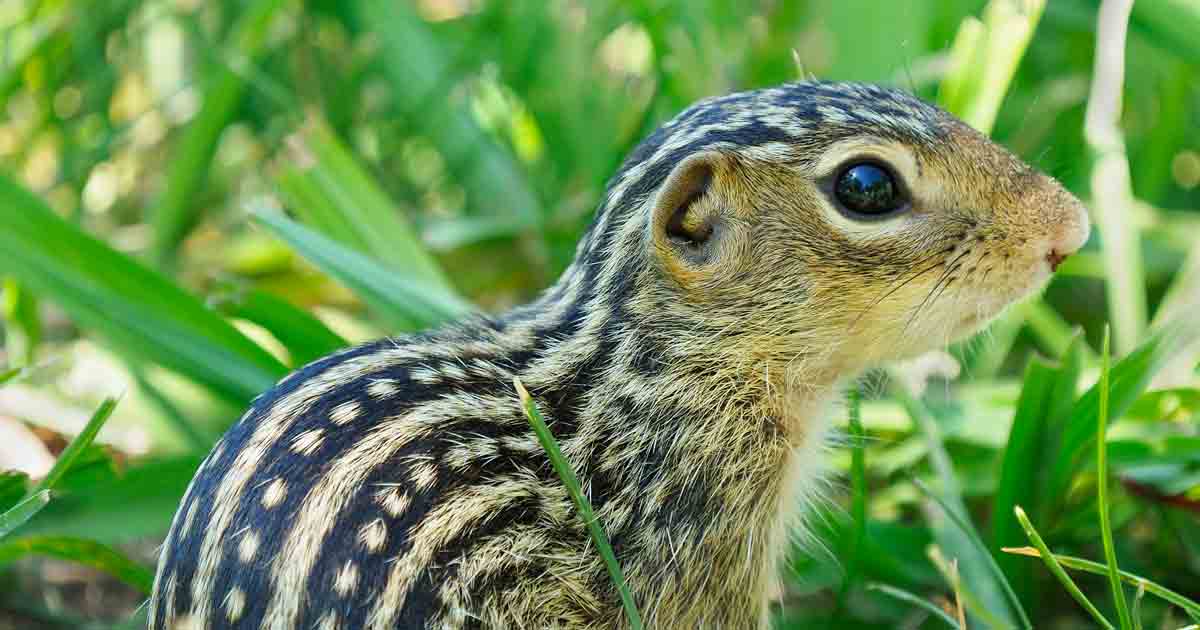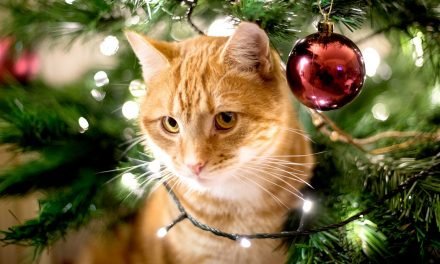There are numerous methods nature impresses us, and animals are a big part of that, continuing to interest us on numerous levels. The charming animal called the squirrel has its own share of peculiarities and characteristics that researchers are still discovering.
While their more typical cousins gather their winter season shops and hunch down in their nests throughout the cold spells instead of hibernating, the unusually called 13-lined ground squirrel (Ictidomys tridecemlineatus) takes winter season hibernation to an entire brand-new level by snoozing for as long as 8 months with no water and no food.
Found in the Midwest, these small squirrels share an ability with woodchucks, bears, grassy field canines and others —– when they hibernate, their entire system, including their body temperature level, heart rate and metabolic process, drops so significantly that the feeling of thirst is nonexistent.
In the pursuit to identify how these squirrels had the ability to reduce the thirst action that’’ s effective enough to wake them, researchers divided the blood serum —– blood fluid —– of lots of squirrels and separated them into 3 groups:
Active squirrels Squirrels in a deep hibernation state called torpor Squirrels in a sleepy however still hibernating state.
Typically, animals with a high blood serum concentration end up being thirsty, as do human beings. That’’ s one method deep-sleeping squirrels have the ability to sleep so long; their blood serum concentration is low.
.Low Blood Serum Facilitates Hibernation.
Even when the scientists attempted to get the squirrels to get up and take a beverage, they stayed generally comatose; they simply weren’’ t interested. When the researchers upped their blood serum concentrations synthetically, that altered. According to the research study, released in Current Biology:
““ To comprehend how squirrels deal with months of water deprivation, we defined modifications in hydration status by determining serum osmolality in active, prehibernation-torpor, torpor, and interbout stimulation (IBA) specifies … Blood osmolality is securely connected to fluid homeostasis and is controlled by a physiological circuit that consists of the subfornical organ (SFO), hypothalamus, pituitary gland, and kidney …
In mice, numerous hours of water deprivation can increase serum osmolality by 1% –– 2%. SFO nerve cells discover this boost and activate both water-seeking habits and the release of antidiuretic hormonal agents to promote water retention by the kidney.
We discovered that, regardless of not having access to water over the duration of numerous months, squirrels go through state-dependent modifications in serum osmolality … Compared to active animals, torpid squirrels experience a substantial (10%) drop in serum osmolality.”” 1
.
The scientists then required to learn how and why the squirrels ’ ’ blood serum levels dipped so dramatically. One apparent supposition was the possibility that consuming a great deal of water prior to hibernation significantly diluted their blood serum levels, however that possibility was thrown out when the researchers recorded the squirrels’ ’ activity and discovered they in fact consumed less water than typical, not more.
As Science2 discusses, screening on the squirrels exposed that their blood concentration is managed when their body chemicals (such as glucose urea and electrolytes such as salt) are ““ redistributed ” to other locations of the body, such as their bladders.
In addition, hibernating squirrels ““ go through cyclic modifications in between regular and increased hydration throughout the whole duration of hibernation by relying specifically on reversible internal systems,”” 3 the research study discusses.
. Squirrel Hibernation Brings on Drastic Body Functions
In a video in Current Biology,4 Slav Bagriantsev, associate teacher at Yale School of Medicine’’ s department of molecular and cellular physiology, keeps in mind that throughout the hibernation that begins in late summer season or early fall, squirrels’ ’ metabolic process permits these remarkable physical modifications:
.Their heart rate drops from 300 beats per minute (bpm) to 19 bpm Their respiration reduces from 150 breaths per minute to just 5 Their temperature level modifications from 30 degrees Celsius (C) to simply 4 C.
This is the torpor state, which lasts about 2 weeks, Bagriantsev discusses, however interbout stimulation, or IBA, starts when those elements modification. The squirrels’ ’ breathing levels off to a more mean 63 breaths per minute, their body temperature level increases somewhat to 18 C, and their heart rate ends up being around 131 bpm.
IBA lasts just 24 hours till the squirrels’ ’ body functions go back to torpor mode, however the cycle repeats itself ““ over and over once again throughout the whole duration of hibernation up until they end up being active once again in the spring,”” 5 Bagriantsev states. According to Ni Feng, postdoctoral partner at Yale:
““ The objectives of this research study are to recognize how essential mental procedures that are so crucial for survival are altered and adjusted in hibernators to enable hibernation to occur, and particularly for this research study, we concentrated on the fluid homeostasis path (or water balance).”” 6
.
Maintaining fluid homeostasis is really a great deal of work, states Maddy Jenkins,7 a college student and associate at Yale. We’’ re constantly losing water due to the fact that we sweat, breathe and urinate, however we likewise take in salted foods, she preserves. In addition, drinking water assists to preserve a correct balance of ions and fluids. Stopping working to hydrate can cause dehydration, which can be harmful.
.How Can Squirrel Hibernation Help Humans?
This understanding might have the ability to assist human beings with major conditions like diabetes. It might likewise assist astronauts on long flights into area. We have actually specialized brain areas in charge of monitoring our hydration levels. Even a 1% variance can make us feel thirsty, Jenkins includes. An experience of thirst is healthy for us due to the fact that it’’ s a desire that informs us we require to get our fluid levels back to typical.
According to Yale coworker and associate teacher Elena Gracheva,8 comprehending how these squirrels can endure so long without consuming or consuming might assist researchers find out how individuals can endure extended durations without resources required to live. Science notes, ““ Unfortunately, even if individuals can find out how to drop their serum concentrations, it’’ s not likely they ’ ll ever be as charming as sleeping squirrels.”” 9
.
Read more: healthypets.mercola.com






Recent Comments